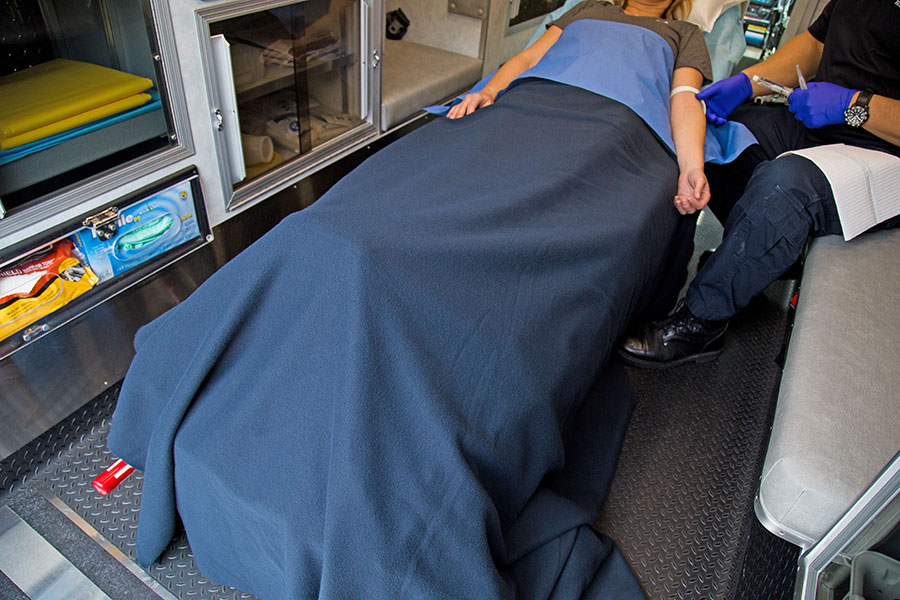Featured News - Current News - Archived News - News Categories
EMS Blankets Keep Trauma Patients Warm
by mdsassociates Keeping Trauma Patients Warm
Keeping Trauma Patients Warm
Medical conditions such as a heart attack or trauma caused by an accident may require emergency resuscitation whenever a patient is unable to breath or their heart stops beating. While cardiopulmonary resuscitation (CPR) is critical, hypothermia could occur, especially in instances of trauma and worsen the patient's condition, leading to long term complications and even death. Emergency Medical Technicians (EMTs) need to be cognizant of this risk, and if there's any indication of hypothermia, they take immediate steps to warm the patient.
Hypothermia & Contributing Factors
While exposure to cold temperature increases the risk of hypothermia, it can be caused by other factors as well. These include illnesses such as diabetes, heart disease, exhaustion, alcohol and medication. Homeless and poor people without adequate heating are susceptible, as are children, especially if they are inadequately dressed for the weather. Hypothermia as a result of trauma arising from vehicular and other accidents is another factor, particularly if there are serious injuries and bleeding.
Identifying & Treating Hypothermia
The clinical definition of hypothermia is anyone whose core body temperature is below 95 °F. While it's not easy to determine exact temperature in the field, checking for the following physical symptoms can save a life:
- Shallow breathing
- Weak pulse
- Shivering
- Dizziness
- Slurred speech
- Poor coordination
- Confusion/Memory loss
- Drowsiness
- Pale skin coloration
If a patient is suffering from severe hypothermia they may:
- Lose consciousness
- Stop shivering
- Have no pulse
- Develop low blood pressure
+ Shop our variety of EMS Medical Blankets for trauma response here



